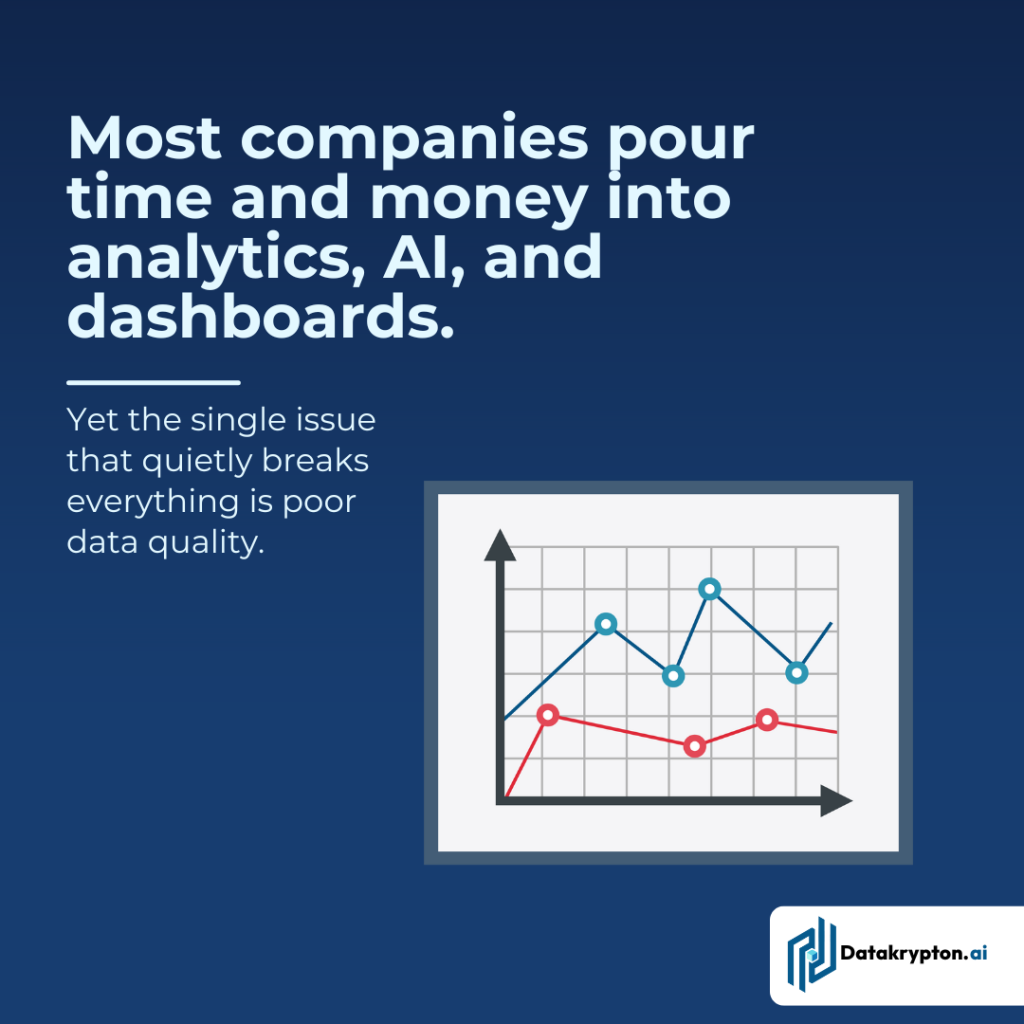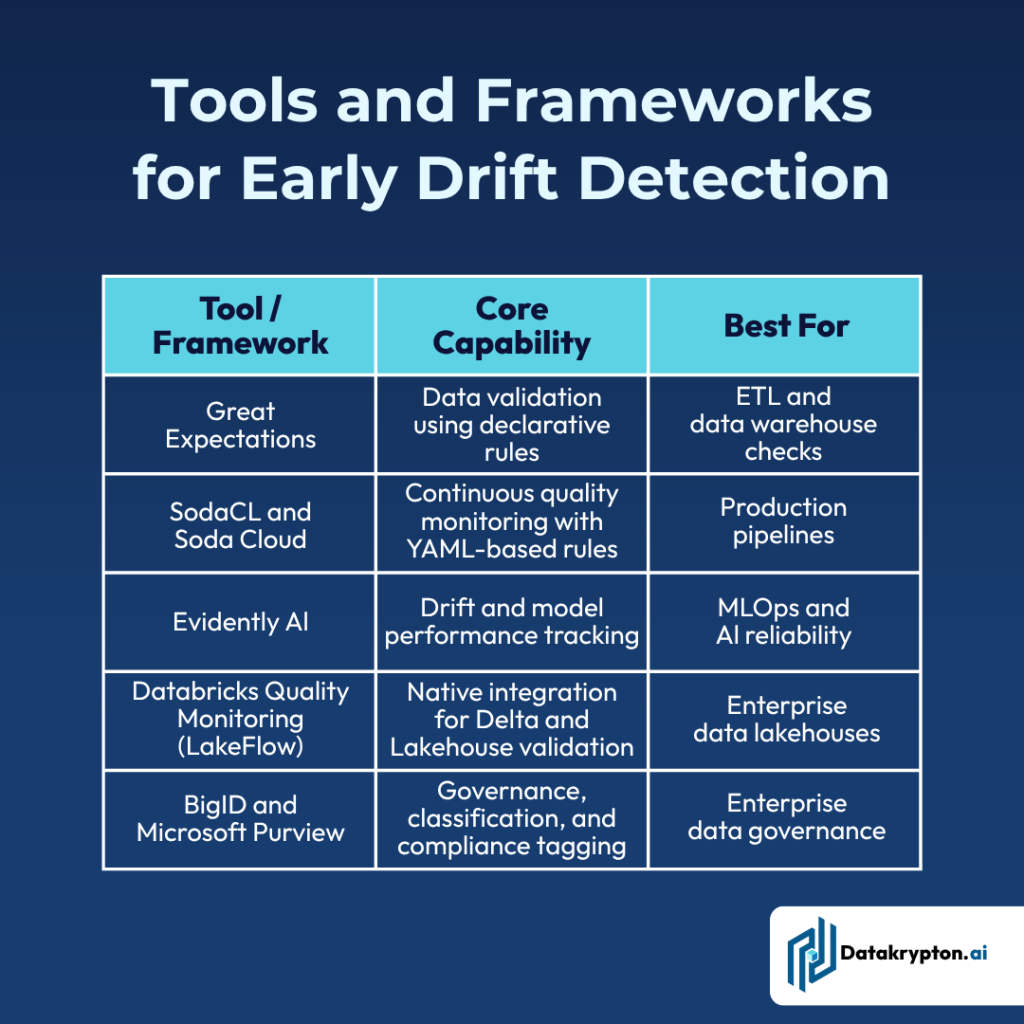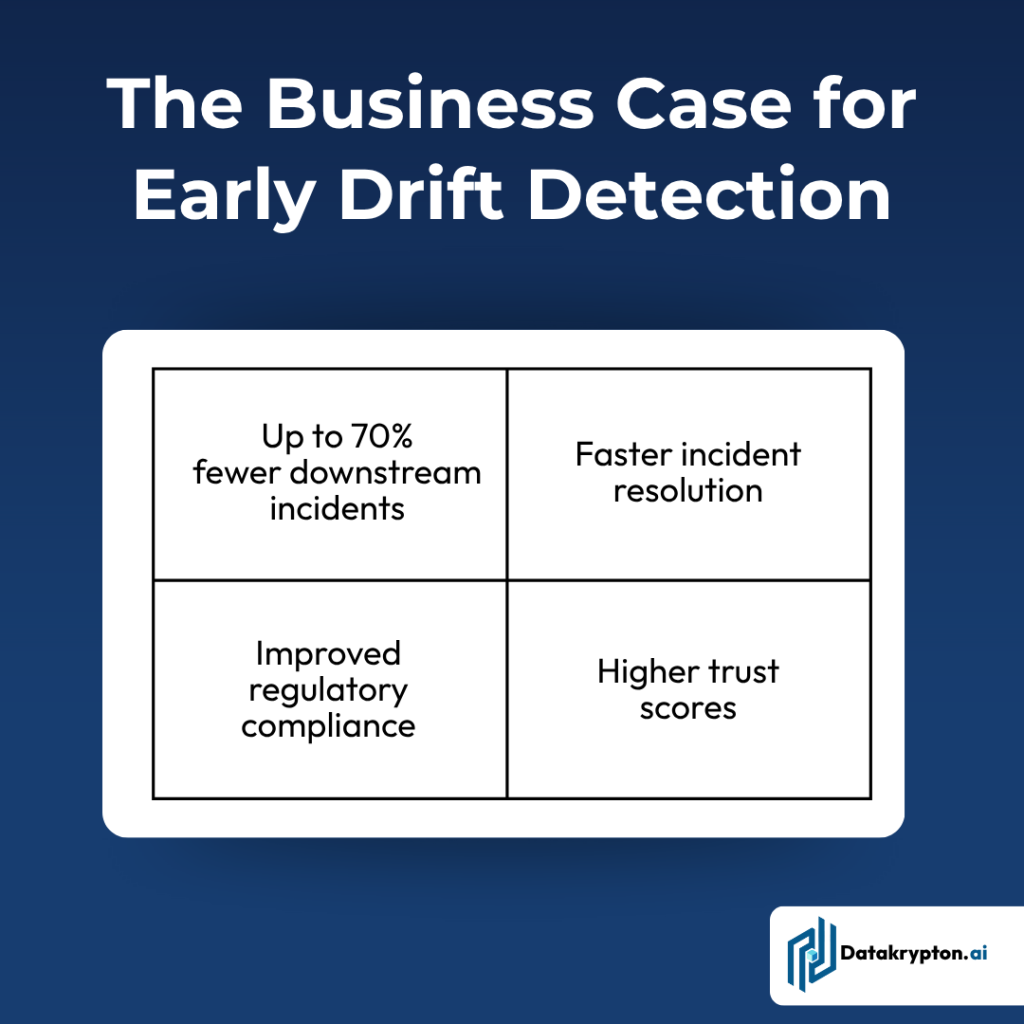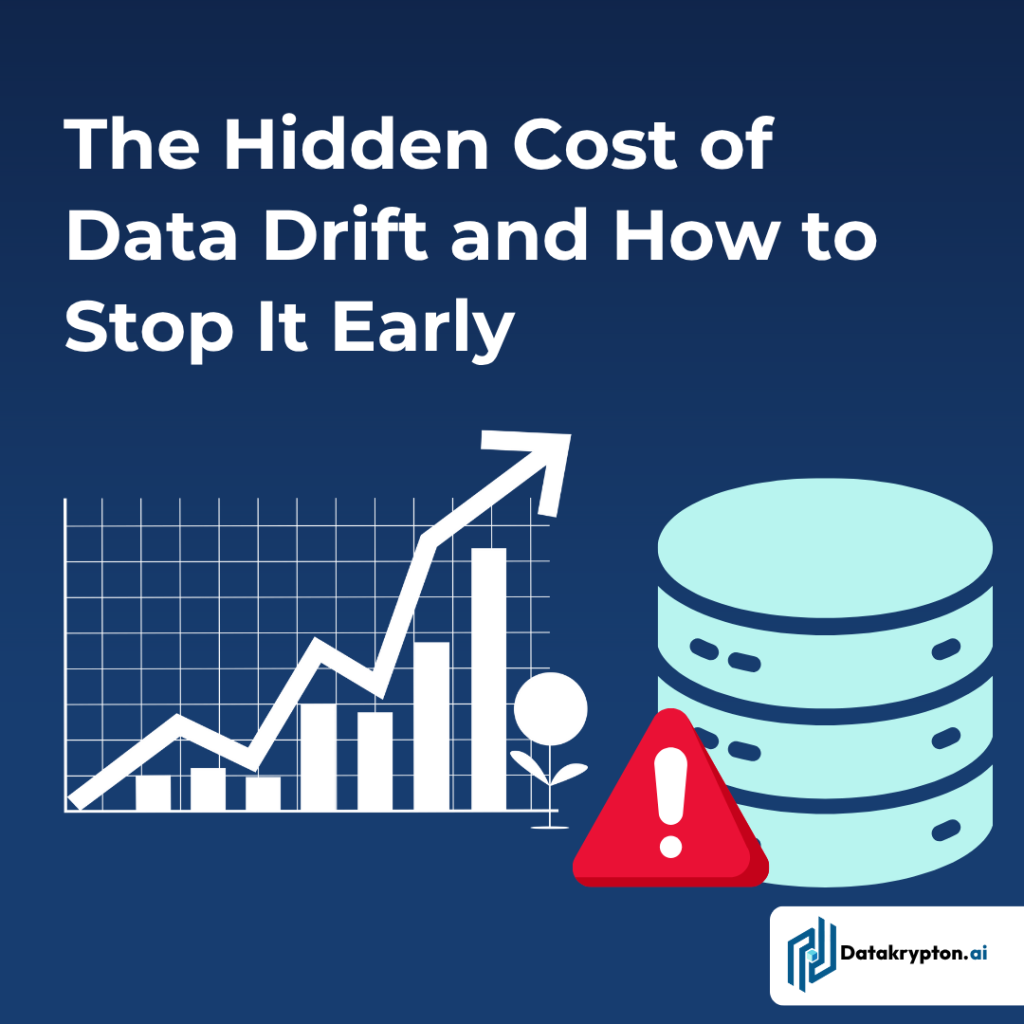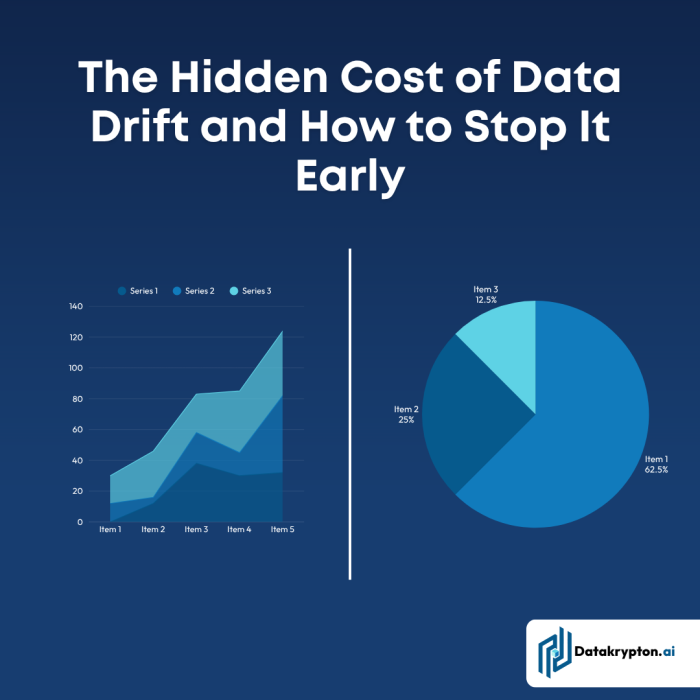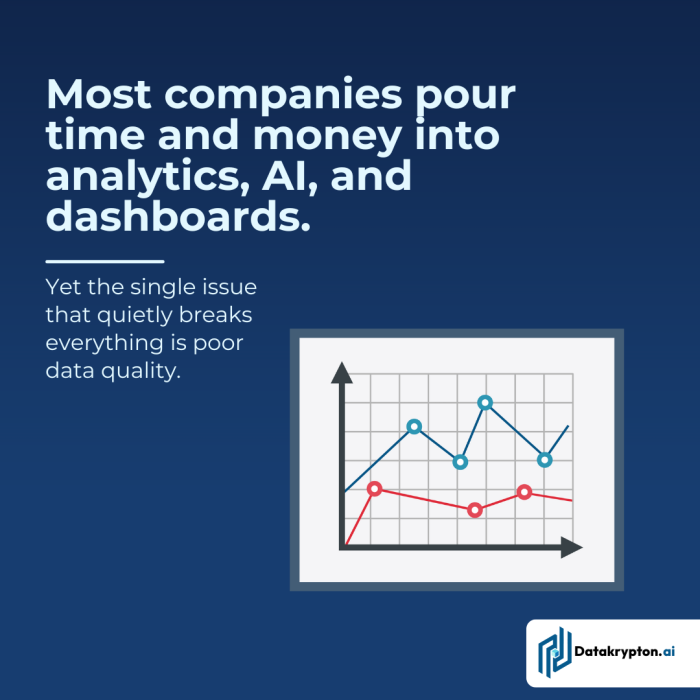Financial statements are governed by strict rules, audits, and performance metrics. Every figure has an owner, and every discrepancy has a consequence. In contrast, dashboards often pull data from multiple systems, with little visibility into its accuracy or completeness.
When decision-makers see two reports showing different numbers for the same metric, confidence erodes. Teams spend time reconciling data instead of improving business outcomes. The issue is not the analytics tool—it is the lack of data quality governance and measurement discipline.
By applying financial-style accountability to data, organizations can restore trust in analytics and make faster, more confident decisions. Effective data quality measurement ensures trust across systems.

